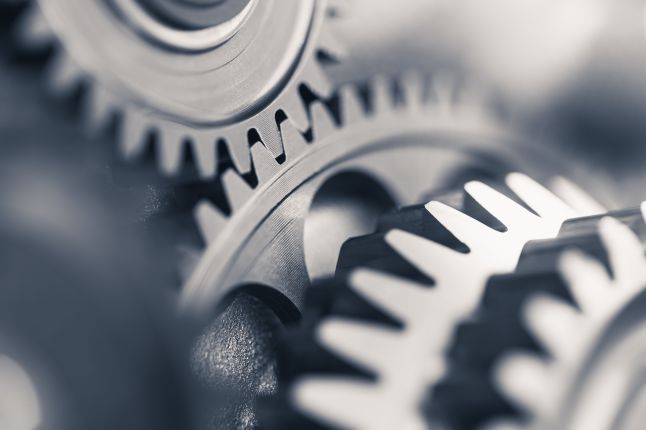- National Metrology Laboratory >
- Calibration Services >
- Time and Frequency >
- The Importance of Time Measurement
Time is not something most of us ever really think about, but it frames our daily routines, whether we are travelling to work or spending a few hours with friends and family. How time is measured, however, has been a focus of many civilisations for thousands of years. Similar to many measurements we regularly guesstimate (length, height, mass etc.), the history and basis of time measurement and the improvements made over the last number of decades largely goes unnoticed, but suffice to say that the accurate measurement of time underpins much of the digital age we live in.
It is important to distinguish between time-of-day and time interval. The former records when an event happened, while the latter is the duration between two events and is measured in seconds, one of the seven base units of the International System of Units (SI). Both are inextricably linked; without having the ability to measure time interval accurately, it would be impossible to be able to tell the time-of-day accurately.
Quite often, physicists and engineers need to measure frequency (Hz), or the rate of a repetitive event. As time interval and frequency are closely related, each being the reciprocal of the other, similar measurement systems and standards are used for both.
The measurement of time of day can be traced back to the Egyptians and Babylonians, who used sundials to approximate the time of day and the movement of celestial bodies to identify changing seasons. In effect, the rate of the earth’s rotation was the standard against which they devised a timescale. The painstaking measurements they made over decades formed the basis for the calendar we use today and provided us with the system we still use to describe time-of-day.
In attempts to refine the generation and measurement of time, various types of water and sand clocks were developed, but each had inherent problems. In the 16th Century, a massive leap was made by Galileo who developed the idea of measuring time interval through the use of a pendulum which ticked at a fixed frequency. This ‘oscillating’ clock laid the foundation for all subsequent timing devices.
The Atomic Clock
The most fundamental and intrinsically stable oscillations are those at the atomic level. Approximately 60 years ago, at the National Physical Laboratory (NPL) in London, physicist Louis Essen was credited with developing the first practical atomic clock based upon electronic transitions in the Caesium-133 atom and the accuracies with which we can measure time interval have improved inconceivably by comparison to Galileo’s era. In fact, the accuracies have increased by an order of magnitude per decade since the invention of the atomic clock.
The importance of precise time-keeping cannot be underestimated. Applications dependent upon it include telecommunications, which require networks to be synchronised precisely; Global Positioning System (GPS) satellite navigation systems, which rely on time stamped signals to provide us with a precise location of a GPS receiver and time-stamping of financial transactions in the banking sector etc.
Nowadays, the Primary Reference Standard for traceable measurement of time interval is a Caesium atomic clock. The SI definition of the second is based on extremely predictable and stable oscillations within the Caesium atom.
Almost 400 of these clocks are based in around 70 National Metrology Laboratories around the globe and form the basis of Coordinated Universal Time (UTC). At present, NSAI’s National Metrology Laboratory maintains a GPS Disciplined Rubidium Frequency Standard, which serves as the national reference standard for the measurement of frequency and time interval. Measurements made using this standard are traceable to Caesium standards maintained by the National Physical Laboratory (NPL) in London.
This article was written by David Fleming, Technical Manager, National Metrology Laboratory
